SCHRACK Electrical Installation
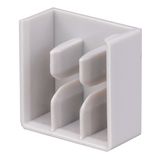

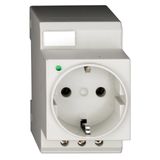
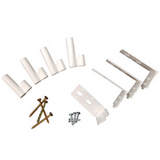
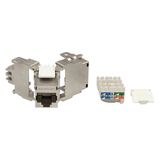
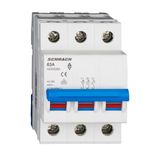
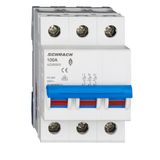


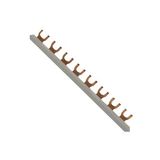
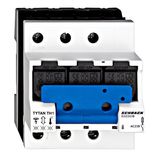
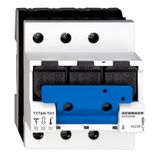
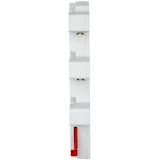

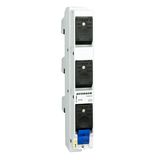
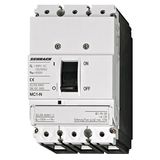

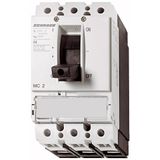

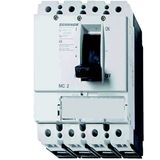

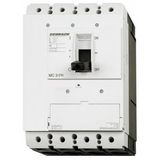
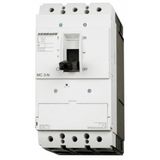



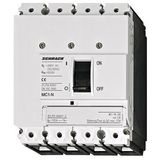
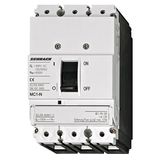
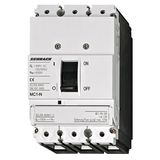
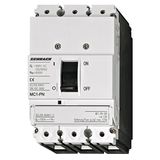


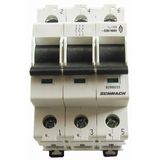

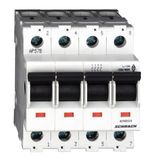

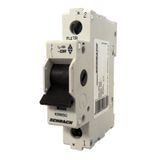
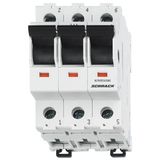
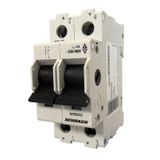
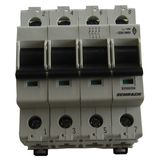

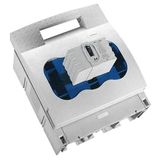


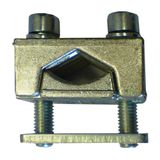
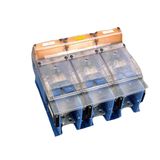
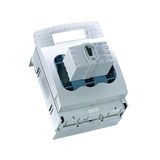
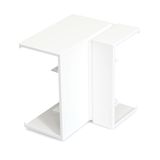
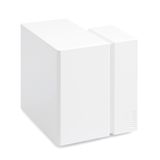


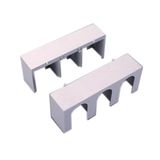
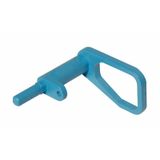
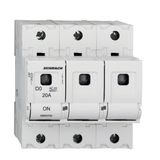

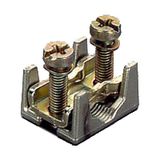


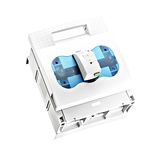
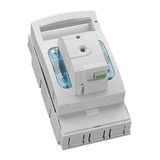
schrack installation components for cabinet and field wiring
Designed for panel shops and site installers, this portfolio keeps machine wiring tidy, serviceable, and compliant with IEC 60204-1. You’ll find DIN rail terminals, wire duct with low-smoke covers, EMC cable glands, cordsets, labeling, and plate kits that share consistent hole patterns and torque tables. IP ratings typically reach IP66/67 on field parts (with IP69K hygienic variants); operating windows of −25…+70 °C cover chilled halls and hot packaging lines. Plastics are halogen-free where specified (UL 94 V-0 on critical parts). Thread systems include metric M12…M32 and NPT for export builds; sealing to IEC 60529 and cable retention per EN/IEC 62444.
Product range and series overview for OEM programs
- Rail and plate hardware: EN 50022 35 mm rail (solid/perforated), baseplates, door plates, and thermal spacers to preserve creepage/clearance near power tiers.
- Terminal technology: push-in and screw clamp blocks 0.25…10 mm² with jumpers, end stops, and partition walls; PE knife disconnects for quick isolation during FAT.
- Routing: wire duct (45/60/80 mm heights) with snap dividers for power/control/safety segregation; edge guards at drop-outs protect jackets.
- Entry & EMC: brass/stainless glands, 360° shield clamps, reducers/enlargers, and sealing washers; torque values printed on locknuts.
- Connectivity: M8/M12 cordsets (A-coded) in PUR for drag chains; T/Y splitters and passive hubs for sensor islands.
Technical specifications and standards engineers expect
- Ingress & impact: cabinet parts IP20 finger-safe; field boxes and glands up to IP67/IP69K; impact IK08–IK10 by family.
- Conductors: terminals accept fine-strand with ferrules; 0.25…4 mm² typical on control, up to 10 mm² on feeders.
- Materials: zinc-nickel plated steel, anodized aluminum, A2/A4 stainless for wash-down; wire-duct plastics LSZH.
- Compliance: IEC 60204-1 (machine wiring), EN 60670 (junction boxes), EN/IEC 62444 (glands), EN 61537 (cable management), EN 61000-6-2/-6-4 (EMC).
- Thermal: retain ≤50 % duct fill; respect cable bend radii (≥8× OD for copper, ≥10× for fiber).
schrack mounting systems for panels, profiles, and doors
Brackets, standoffs, and door-coupling sets fit 25 mm hole grids with M5/M6 threads and elongated slots for ±3…5 mm trim. Adjustable sensor carriers hold actuators at the correct gap; hinge/striker adapters place interlocks on sliding and rotating guards without new drilling. Vibration pads and serrated washers keep alignment on presses; stainless options (AISI 304/316) with rounded radii suit CIP zones. Mount strain-relief bars behind gland plates so terminals never carry door swing loads.
Applications and layout practices that survive audits
Packaging cells route 24 VDC islands along gantries; robot cells drop PUR leads to tap boxes; utilities panels reserve upper rows for safety circuits. Use star-fed drops for easier fault isolation; choose daisy-chains to reduce cabling on long conveyors—document the choice on drawings. Bond EMC clamps at entry; keep shield pigtails short. Label zones (power/drives/I-O) on the plate so later adds follow the segregation plan.
System architecture and panel coordination
Keep mains, VFD outputs, and low-level I/O segregated from the gland plate to the last tie base. Document clamp spacing (e.g., 150–200 mm) and torque per fastener size. For distributed machines, field hubs reduce homeruns; for dense cabinets, vertical relief bars offload heavy bundles. This is where schrack wiring accessories—markers, legend strips, and pre-cut ducts—cut assembly minutes and keep service consistent across model years.
schrack junction boxes for harsh and hygienic zones
Polycarbonate and stainless bodies with EPDM/silicone gaskets reach IP66/67 (IP69K on hygienic lids). Captive screws speed lid removal; molded bosses accept mini-rails and terminal carriers. Cable ranges are printed inside the lid for fast gland selection. Inline tap boxes with two glands and an M12 pass-through fit slim uprights where a full enclosure won’t. EMC variants include 360° shield clamps and conductive gland plates for VFD environments.
Integration with Schneider and mixed platforms
Hardware aligns mechanically with common enclosure frames and aluminum profiles; DIN geometry and pinouts drop into mixed brands without odd adapters. Safety relays and expansion I/O accept feedback from field boxes; trunking and tray accessories share hole centers and fastener stacks, so routing and labeling match the rest of the cabinet.
Selection guidelines for B2B teams
- Environment: stainless/IP69K for wash-down; UV-stabilized plastics outdoors; powder-coat steel for plant interiors.
- I/O density: size boxes with 25–30 % spare terminals; pick duct height for fill and future adds.
- Termination: push-in for fine-strand speed; screw clamp for mixed conductor classes.
- EMC: use 360° clamps on VFD feeders; keep power and analog apart or partitioned.
- Serviceability: prefer plug-in blocks, printed torque cards, and standardized hole grids—this is where schrack installation hardware keeps MTTR low and drawings reusable.
Procurement and kitting for OEM rollouts
Fix a short kit per frame size: rail length, plate, duct with dividers, strain bar, bracket set, glands (EMC + general), fasteners, and a torque/spacing card linked to CAD article numbers. Kitting by station (cabinet, machine left/right, robot cell) reduces picking errors and ensures FAT matches site work. For field crews, add spare seals and marker strips so rework doesn’t stall commissioning.
Advantages of working with Bankoflamps
Bankoflamps aligns pricing with your BOM, shows live EU stock before you commit, and turns quotes quickly—about an hour in typical cases. Ordering by EAN/MPN prevents variant drift; your portal provides lead-times, shipment status, and downloadable price lists. Approved partners can use post-payment up to 30 days. We consolidate partials to lower freight and hold price-validity windows so phased builds stay predictable. A dedicated manager cross-checks brackets, ducts, glands, and terminal families against your drawings so cartons land complete—rail-ready on day one